Hydrologic Modelling using Artificial Neural Networks
(partially) Recurrent Neural Network (pRNN)
A deep feed-forward (DFF) Artificial Neural Network (ANN) is built to replicate the runoff hydrograph. The inputs are $n$-day sequences of precipitation $P$ and discharge $Q$. The neural network is “partially recurrent” in that the discharge prediction made in a previous time step becomes the input to the following time step. The result is a trained network with the ability to make flow predictions with precipitation only. Training proceeds in 2 stages.
Seed stage
To initialize the network, discharge is predicted using known discharge of the preceeding $n$-days:
\[\hat{Q}_t = E \left\{ Q_t | Q_{t-1}, Q_{t-2}, \dots , Q_{t-n-1}, P_t, P_{t-1}, \dots , P_{t-n}, f(\cdot) \right\}\]where $\hat{Q}_t$ is the predicted discharge at time $t$, $Q_{t-1}$ is the discharge observe on the day previous, $P$ is precipitation, and $f(\cdot)$ is a sinusoidal function ranging from 0 to 1 at the winter and summer solstices, respectively. In all, there are $2n+1$ inputs and 1 output: Runoff. User selects the number of hidden dense layers and the number of nodes per layer.
Training stage
Once seeded, the model continuous to train for the complete data record set, for a user-set number of epochs.
\[\hat{Q}_t = E \left\{ Q_t | \hat{Q}_{t-1}, \hat{Q}_{t-2}, \dots , \hat{Q}_{t-n-1}, P_t, P_{t-1}, \dots , P_{t-n}, f(\cdot) \right\}\]Notice now the outputs $\hat{Q}$ are now fed into the input of the proceeding training round. This makes half of the ANN’s inputs recurrent, making the network itself, partially recurrent. (Note: this formulation differs from typical Recurrent Neural Networks–RNN–where recurrency is applied at the node-level.)

Sample pRNN structure.
